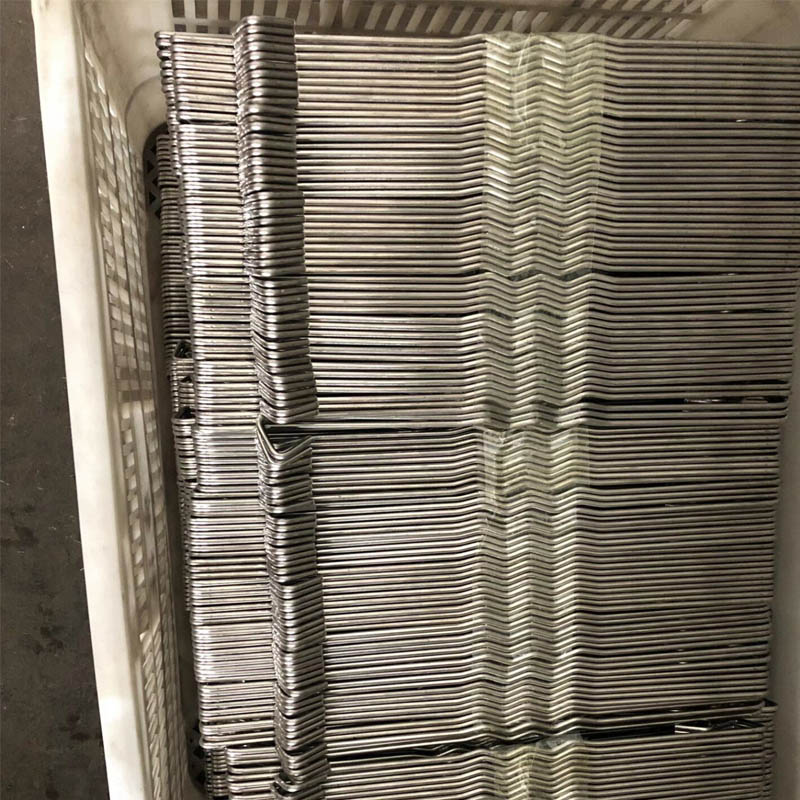
- Mobile Phone
- +8613931874955
- sales@cntcmetal.com
horizontal joint reinforcement techniques for concrete masonry units in construction applications
Horizontal Joint Reinforcement for CMU Enhancing Structural Integrity
Horizontal joint reinforcement is a critical component in the construction and design of buildings using Concrete Masonry Units (CMU). These structural elements are widely recognized for their durability, versatility, and cost-effectiveness, making them popular choices in both residential and commercial construction. However, their inherent properties necessitate careful consideration of reinforcement techniques to ensure structural integrity, particularly in horizontal joints.
Understanding CMUs and Their Challenges
Concrete Masonry Units are essentially hollow blocks made from concrete and are employed in various applications, including walls, foundations, and structural supports. Despite their robust nature, CMUs can be susceptible to lateral forces, such as wind and seismic loads. These forces can induce shear stresses in the masonry, leading to potential cracking and, ultimately, structural failure if not properly addressed. This is where horizontal joint reinforcement comes into play.
The Role of Horizontal Joint Reinforcement
Horizontal joint reinforcement consists of steel bars or mesh inserted into the horizontal mortar joints between CMUs, providing tensile strength that helps resist lateral forces. This reinforcement acts as a bond between the blocks, limiting the movement and deformation that can occur during unexpected load conditions. By distributing stresses more evenly throughout the structure, horizontal joint reinforcement helps maintain the structural integrity of walls and prevents failure at critical junctions.
Material and Design Considerations
The design and installation of horizontal joint reinforcement are subject to various standards and building codes, which often specify minimum requirements. The type and size of the reinforcement will depend on factors such as the height of the CMU wall, the specific load-bearing requirements, and local environmental conditions. Commonly used materials for joint reinforcement include galvanized steel and stainless steel, chosen for their resistance to corrosion and overall strength.
horizontal joint reinforcement for cmu

Typically, horizontal joint reinforcement is placed at intervals throughout the wall, often at every third or fourth course of blocks. In seismic-prone regions, closer spacing may be required to enhance resistance to lateral movements. Additionally, the compatibility of the mortar and the joint reinforcement material is essential to ensure a strong bond and prevent deterioration over time.
Installation Techniques
The installation of horizontal joint reinforcement involves several best practices. Before laying CMUs, installers must ensure that the mortar joints are clean and that the reinforcement is appropriately positioned. Proper alignment and support are crucial; any misalignment can compromise the effectiveness of the reinforcement. Additionally, sufficient mortar cover must be maintained over the steel to protect it from exposure to moisture and corrosive elements.
Benefits of Horizontal Joint Reinforcement
The benefits of incorporating horizontal joint reinforcement into CMU construction extend beyond mere structural stability. This reinforcement also facilitates higher resistance to cracking, diminishes the risk of shear failures, and enhances overall structural performance. Moreover, it can improve the longevity of the structure, reducing the need for future repairs and maintenance, ultimately leading to cost savings over time.
Conclusion
In conclusion, horizontal joint reinforcement is an essential aspect of CMU construction that plays a vital role in ensuring the resilience and durability of masonry structures. By effectively integrating this type of reinforcement into wall designs, builders and architects can significantly enhance the structural integrity of their projects, providing safe and reliable buildings that can withstand environmental stresses. As construction practices evolve and new materials emerge, the importance of proper reinforcement techniques will remain paramount in safeguarding the longevity and safety of CMU structures. Engineers and builders must continue to prioritize and innovate around these practices to meet modern construction demands and protect investments in the built environment.
share:
-
Yard Sign Stakes: Reliable Guardians of Outdoor SignsNewsAug.04,2025
-
Wall Ties: Invisible Guardians of Building StabilityNewsAug.04,2025
-
Resilient Web: The Super Guardian Power of Concrete MeshNewsAug.04,2025
-
Masonry Accessories: A versatile assistant on building foundationsNewsAug.04,2025
-
Iron Binding Wire: the 'invisible reinforcement specialist' in the fields of architecture and industryNewsAug.04,2025
-
Dynamic Spring: The diverse functions and excellent performance of Wire Tension SpringNewsAug.04,2025
-
Your Source for Concrete Wall Ties and Masonry AccessoriesNewsJul.10,2025



















